Optimistic about the ultra-large screen market, pushing the popularity of laser cinema TV
According to Display Search data, global shipments of over 65-inch large-screen TVs increased by 31.96% in the first three quarters of 2015, and the trend of large-screen TVs is very clear. However, the current global large-screen market has long been dominated by foreign brands. Grabbing the big screen market will be the core path for China's color TV brands to break through the global market. Hu Jianchong believes that the future competition in the big screen market is not a competition between LED TVs, but a competition between laser cinema TVs and LED TVs. Hisense has laid out 141 patents in the field of laser display technology since its layout in 2007. The core laser optical engine is 100% self-developed and designed, and the entire R&D, design, and manufacturing are completely autonomous. Compared with near-size LCD TVs, Hisense laser cinema TVs have a very high cost-performance ratio, and the price is about 1/10 of them. Compared with large-screen LCD TVs, the colors are more realistic and the viewing is more comfortable and healthy.
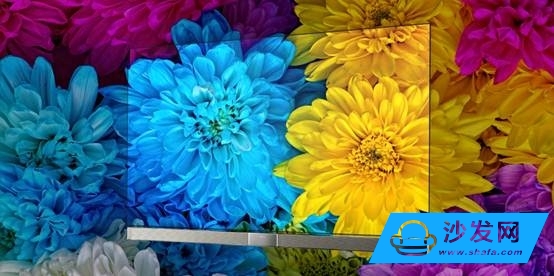
In the first half of 2016, new Hisense 4K laser cinema TVs are expected to be launched. 85-inch curved laser televisions, 120-inch laser large-screen TVs and 70-inch TVs will also accelerate the pace of marketing.
ULED upgrades to make world-class picture quality
In 2016, Hisense ULED technology will be upgraded to 3.0, its peak brightness, dynamic contrast and color gamut level will be greatly improved, plus the application of Shanghai Xinxin's self-made module technology, letter-core quality engine technology, and the use of the latest 8K display , ultra-thin, high color gamut, HDR2.0, quantum dot technology, to ensure the quality of Hisense TV reaches world-class level.
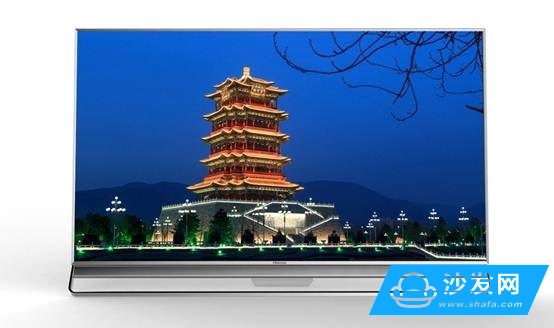
Develop industry-leading smart TV active users
Hu Jianyong stated that in 2016, Hisense will further enhance the user interactive experience, premium content services and ecological operation capabilities, and realize simultaneous enhancement of user value and business operation value.
In 2016, the operational goal of Hisense's smart TVs was to reach 27 million cumulative users, 9.5 million daily active users, 240 minutes of average video viewing time, and 15,000 CPM daily advertising exposure.
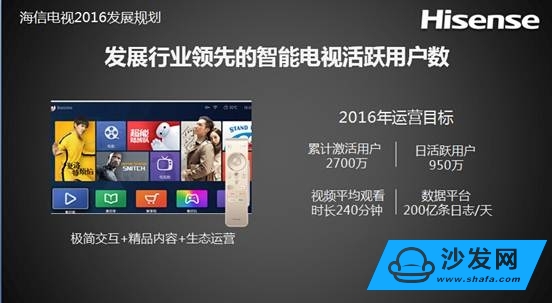
Domestic and international market double upgrade
In 2016, Hisense has high hopes for the development of domestic and international markets. In the domestic market, Hisense will continue to expand its competitive advantages in technology, products, channels, and markets in the domestic market. From the sales performance of the first three weeks of 2016, the sales volume of Hisense TV reached 17.51% and 17.26% respectively, a significant year-on-year increase, ranking first in the market and further expanding its lead to second place. Advantage.
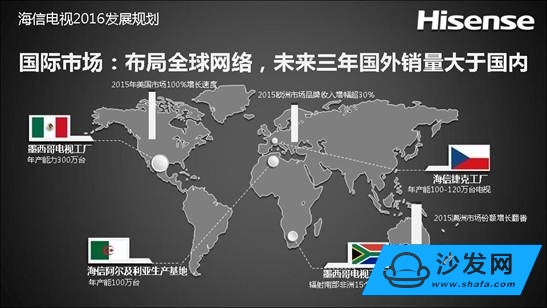
In the international market, Hisense will accelerate the deployment of its global network and enhance its global brand operations. In the next three years, Hisense’s goal is to achieve sales in foreign markets that exceed the domestic market.
In 2015, Hisense’s overseas industrial layout further expanded. In the Americas, Hisense successfully acquired the Sharp Mexico TV plant and its television business. In Europe, the Hisense Czech factory was successfully put into production. In South Africa, the Hisense South Africa plant completed the expansion and reconstruction; and a TV production base was built in Algeria. Hisense's global production layout has begun to take shape. In respect of overseas market performance, in 2015, Hisense TV's own brand achieved a 100% growth rate in the US market, Australia’s market share almost doubled, European market brand revenue increased by more than 30%, and South African market sales ranked the top two.
In terms of brand operation, Hisense promoted brand influence with sports marketing, sponsored the F1 Red Bull Racing team in the world's top car races, sponsored the Australian Open and named the Australian Open Stadium. In 2016, Hisense has completed the contract with the Chinese National Gymnastics Team. Become its official partner to force the Olympic market. On the 14th of this month, Hisense signed a contract with UEFA to become the top sponsor of the 2016 European Cup, and also became the global sponsor of the 2018 World Cup qualifier in Europe. The international brand process has progressed by leaps and bounds.
The advantage of USB Cable Type C is that it supports higher current, that is that more current can be passed by Type-C in the same time. In this way, the charging speed of the device can be accelerated. At present, the charging current of most Type-C data lines is generally 2A. If the charging rate of 3A is to be reached, a high-current wall charging matching it is required. That is to say, if the wall charge only supports 1A, whether it is charged with 2A or 3A data line, there is no difference fundamentally. If the current supported by the wall charging is 2A, and the type-C data cable of 2A/3A is matched, the effect can be significantly changed.
In addition, the device equipped with the Type-C interface can be charged by connecting the mobile power supply through the Type-C cable or Usb C Cable. Users do not need to carry the charging cable, but can have the wall charging and Type-C cable. In addition, when selecting a Type-C charging cable, We should pay attention to the current limit. The charging data cable 1A does not have fast charging performance, 2A is the most commonly used Type-C charging data line, and 3A is the best data line at present. If you want to have fast charging effect, you must choose the Type-C charging data line with 3A current.
The highlights of Type-C interface are thinner design, faster transmission speed (USB3.1 up to 10Gbps) and stronger power transmission (up to 100W).The biggest feature of Type-C double-sided plugable interface is that it supports double-sided insertion of USBinterface. Officially solved the USB never insert the worldwide problem, the front and the back of the random plug.The USB Cable used with it must also be thinner and lighter.
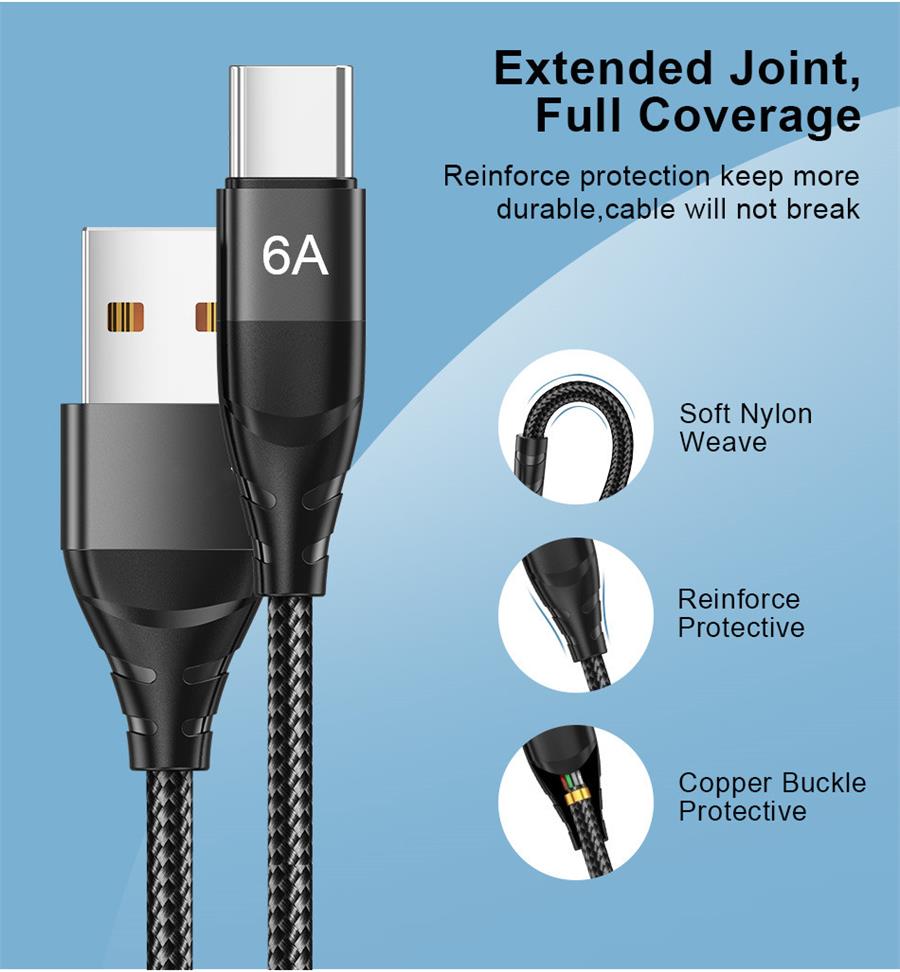
Usb Cable Type C,Usb Type C Cable,Type C 3.0 Cable,Usb Type C Data Cable
Henan Yijiao Trading Co., Ltd , https://www.yjusbhubs.com